Photography’s rules are made to be broken. Having become frustrated with the medium’s conventions, five artists discuss how sculpture, activism and X-rays keep photography alive in their work. First up is Maya Rochat
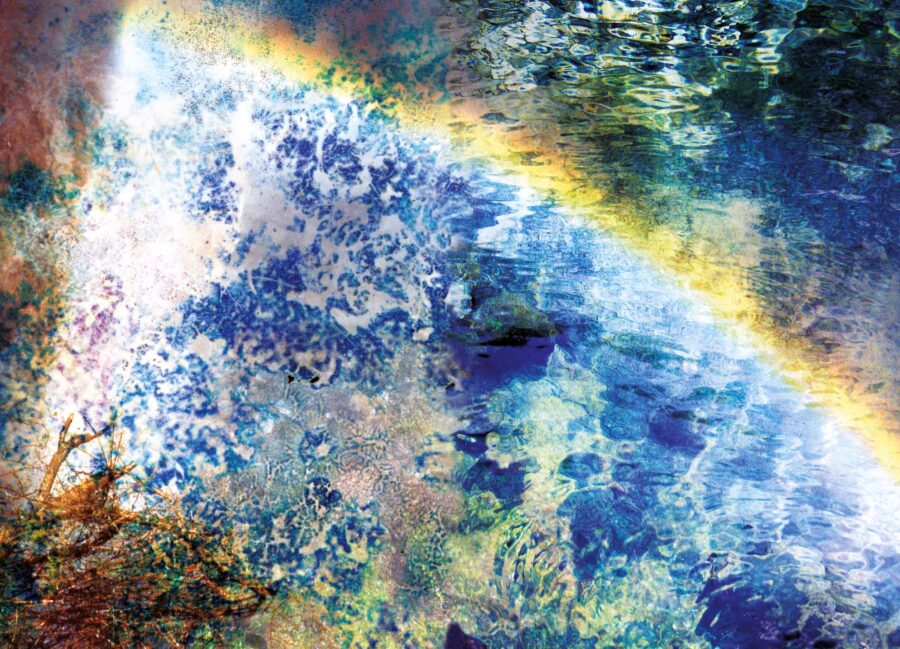

Photography’s rules are made to be broken. Having become frustrated with the medium’s conventions, five artists discuss how sculpture, activism and X-rays keep photography alive in their work. First up is Maya Rochat
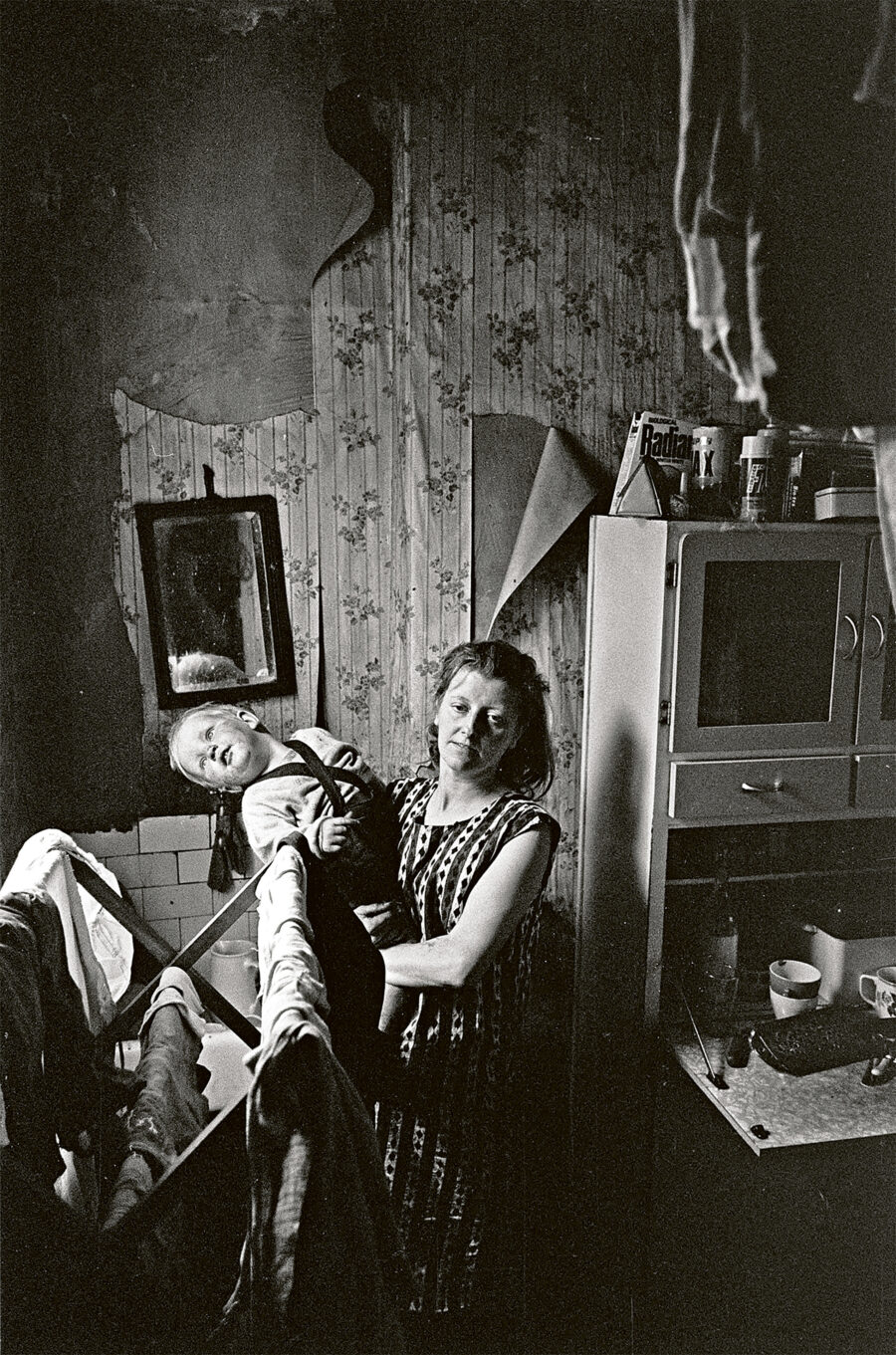
His photographs of Birmingham’s late-1960s housing crisis transformed how the urban poor were visualised in the UK. We catch up with the veteran documentarian
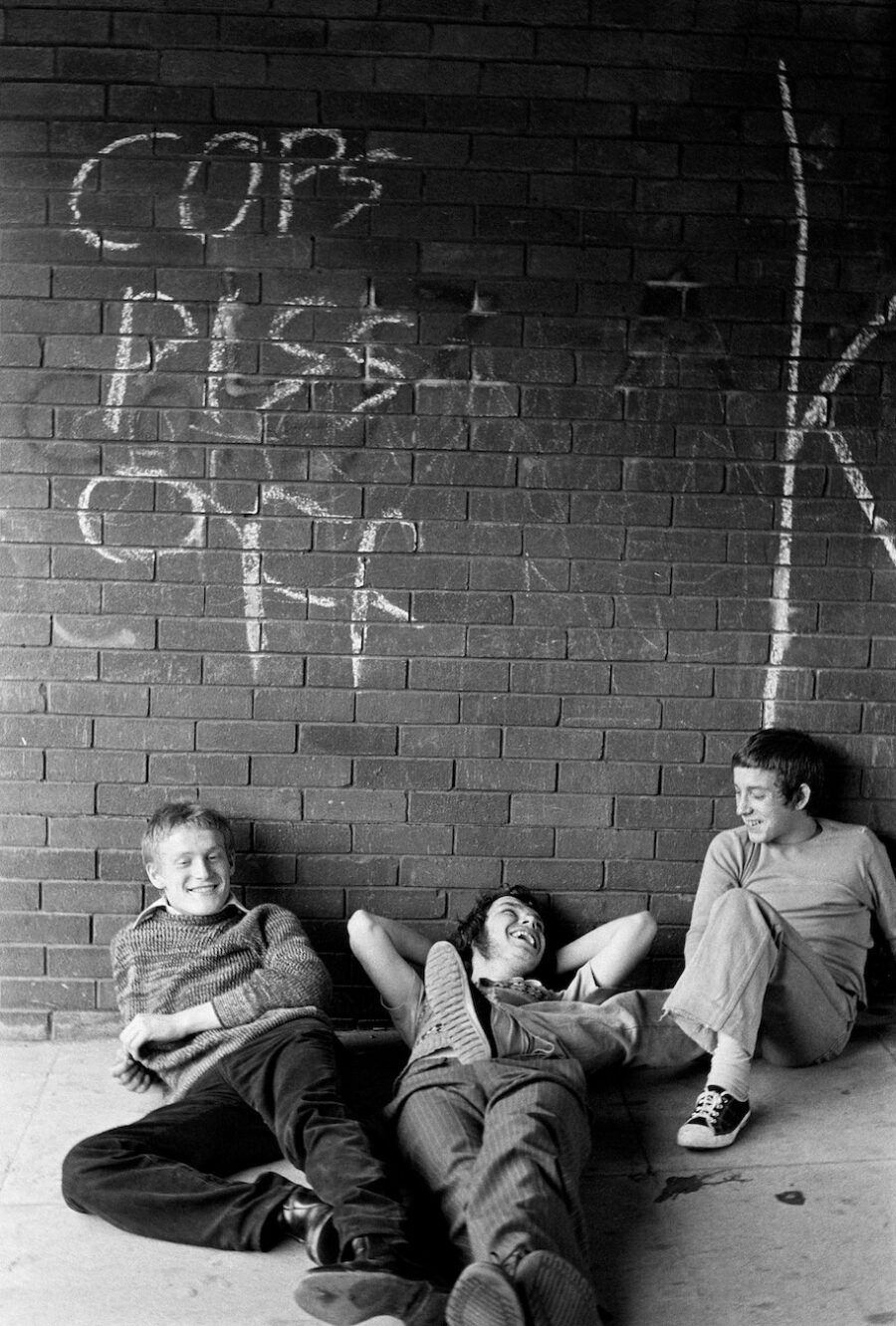
Tish Murtha was a firm believer that photography could be a tool for social change – here, her daughter Ella reflects on the importance and continued relevance of her work
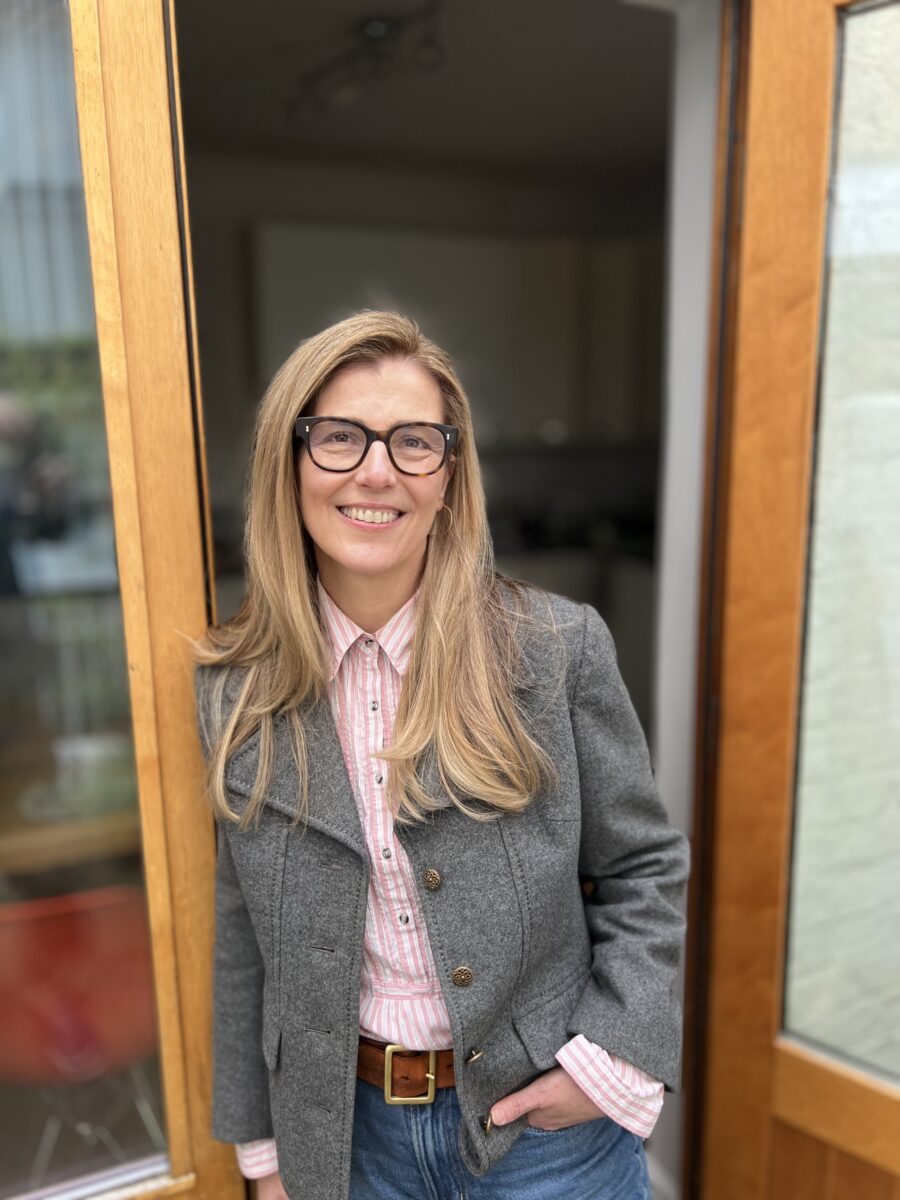
The Australian-born curator has been responsible for some of the most significant shows of the last 15 years. She talks fairs, mentors, and the problem with arts education
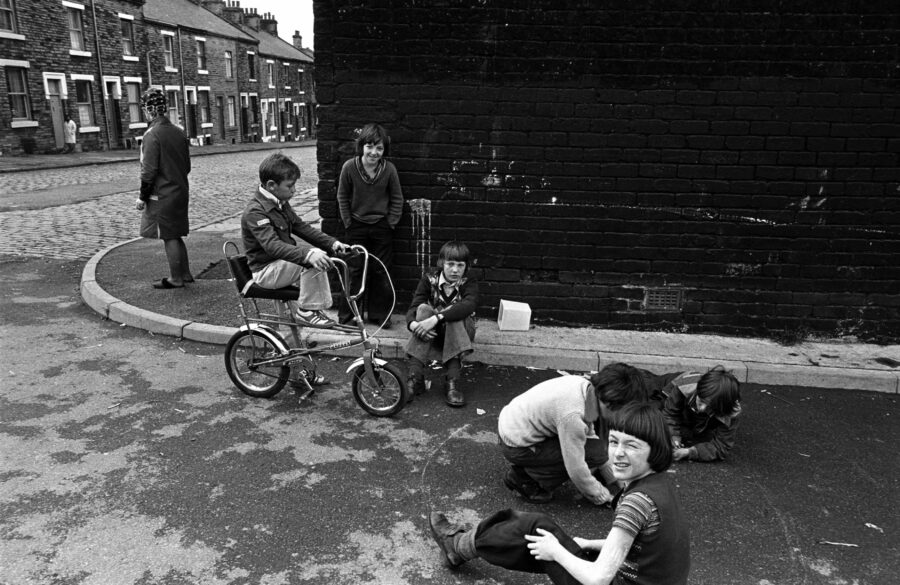
The Bradford artist’s early output was created walking the streets, capturing an industrial society that is now extinct: kids playing, ladies talking in terraced streets and grafters working at full pelt
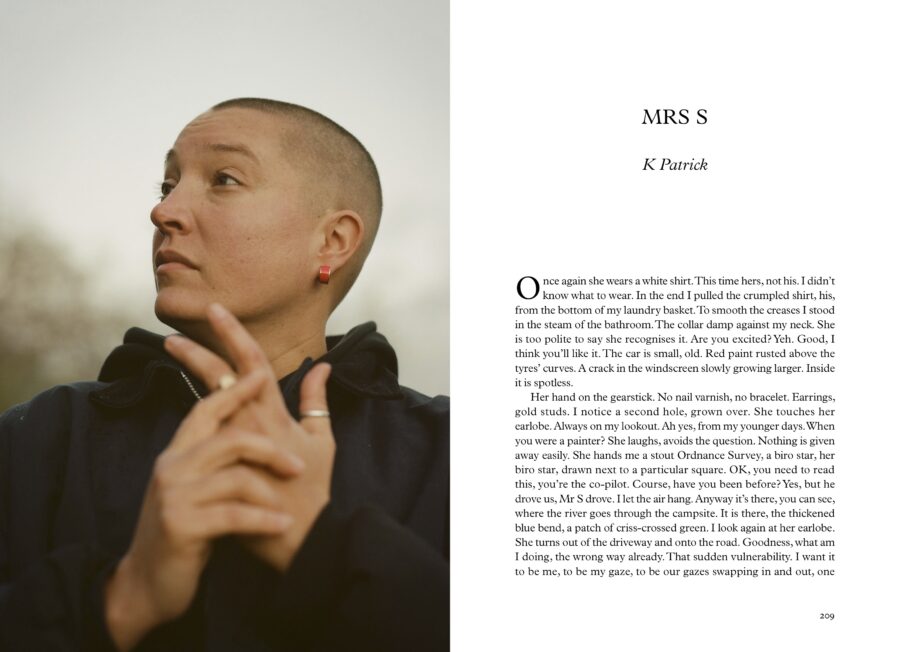
Where does photography fit into a legacy literary magazine? Max Ferguson talks poets, projects, and the amateur aesthetic
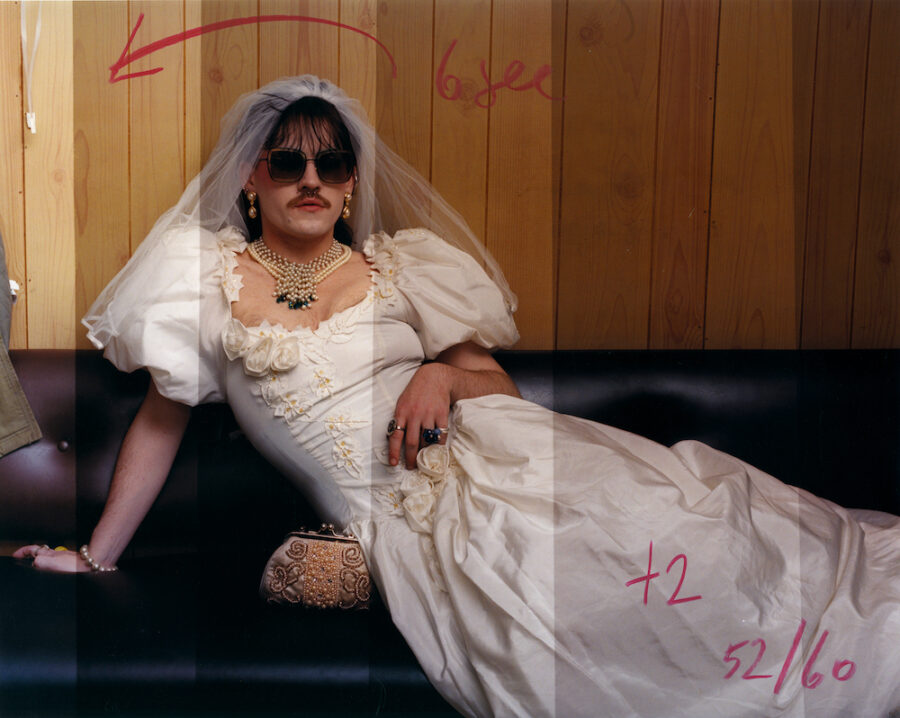
Two years since his dramatic separation from artistic partner Adam Broomberg, Oliver Chanarin reflects on collaboration, consent, and his new book

O’Keefe chronicles the individuals who have dedicated their lives to collecting seemingly unlikely objects: “They’re the happiest people I’ve met” he tells BJP
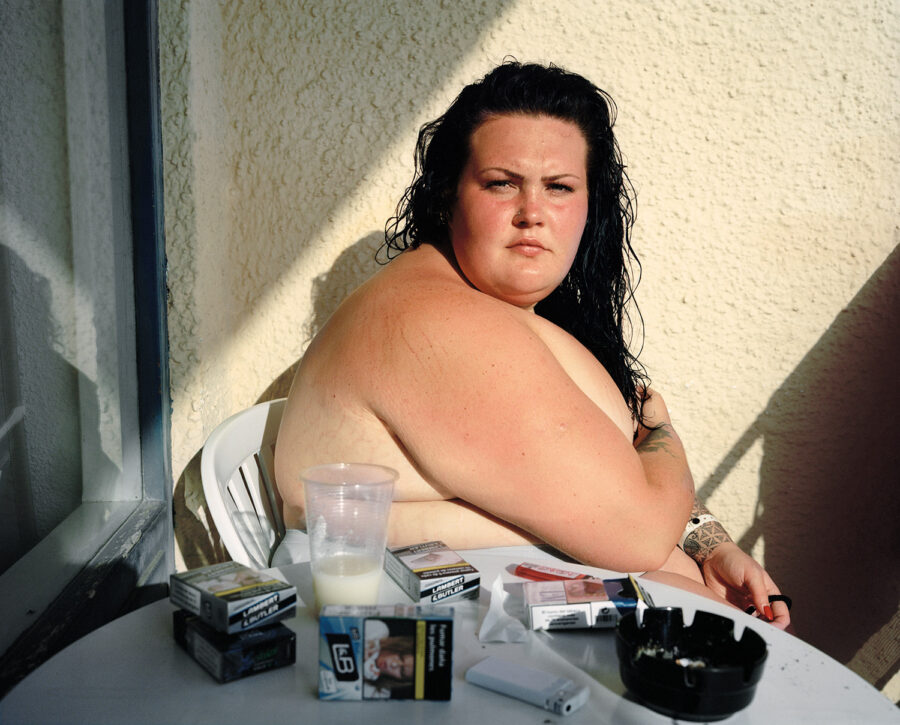
Created over 12 years, Abbie Trayler-Smith’s debut monograph offers a deeper understanding of a subject often shrouded in shame